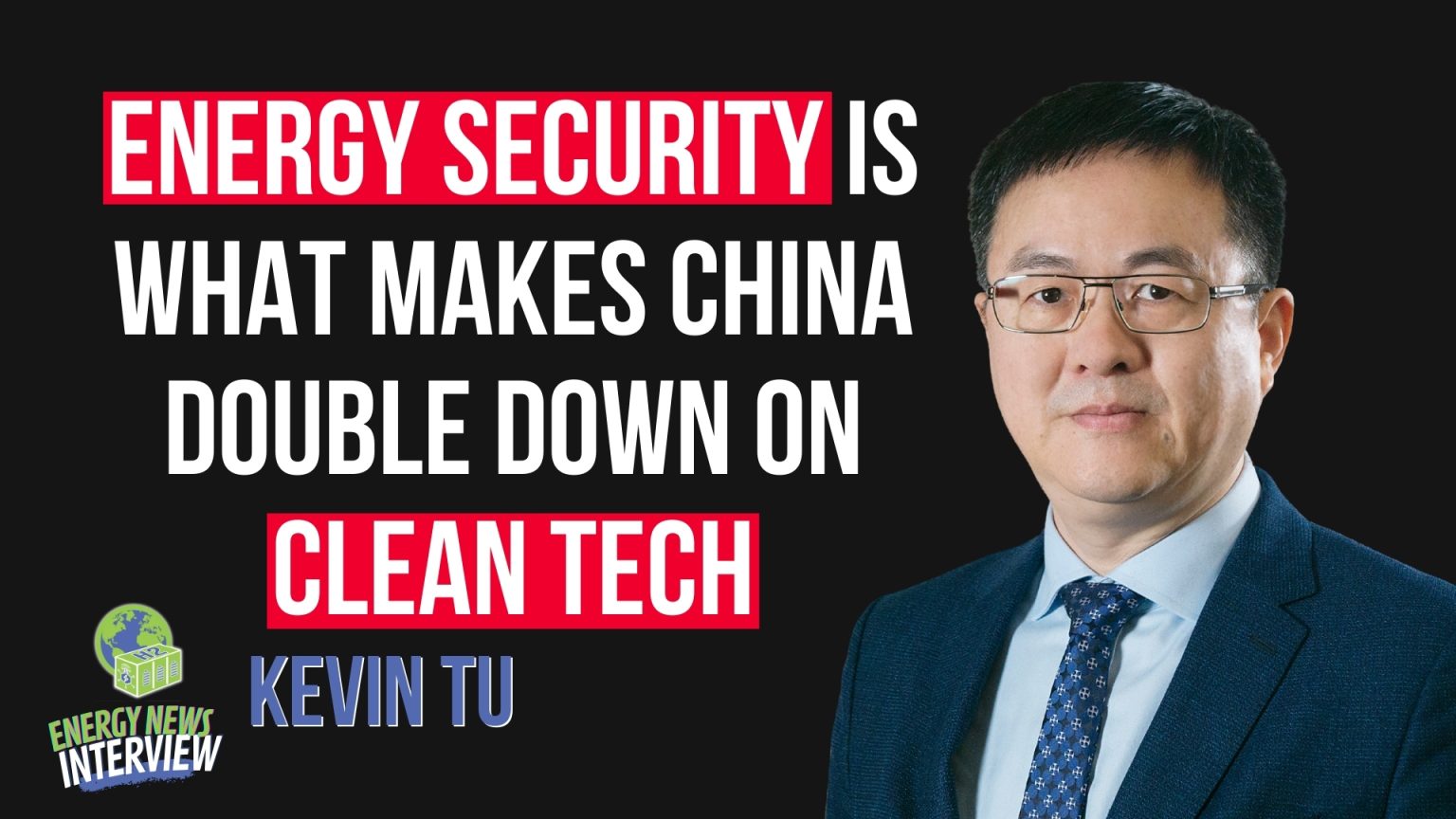China’s Clean Energy Transition: A Complex Calculus Between Growth, Security, and Decarbonization
Chinese carbon emissions have shown a rare contraction in fuel combustion during early 2024, according to official data and academic analyses—a sign of the tangible impact of China’s rapid deployment of clean technologies. Kevin Tu, Director of Agora Energy China, highlights that emissions growth slowed to just 0.7% year-over-year, compared with near double-digit increases in previous decades, signaling that China may be entering a plateau phase in its emissions trajectory.
WATCH THE FULL INTERVIEW
The driving forces behind this shift extend beyond regulatory frameworks. Tu underscores the comparative advantage of China’s manufacturing ecosystem: from upstream to downstream, stakeholders not only prioritize research and development but also commercialization. Coupled with international collaborations that incorporate lessons from Europe and the Americas, these structural factors allow China to scale renewables rapidly, while aligning with the national “dual carbon” objectives of peaking emissions before 2030 and achieving carbon neutrality by 2060.
China’s renewable energy strategy is closely intertwined with energy security. With over 70% of national oil and 40% of gas consumption reliant on imports, Tu notes that domestic wind and solar deployment serves as a hedge against geopolitical volatility. Yet, he also cautions that coal continues to underpin more than half of China’s primary energy consumption and contributes over 70% of the country’s CO₂ emissions. Managing the decline of coal, which still employs approximately three million people, presents a socio-economic challenge: a just transition is critical to maintain the welfare of workers and communities while avoiding abrupt economic disruption.
Industrial electrification is another key area where China has made measurable progress, with nearly 30% of final energy consumption electrified—a rate surpassing many OECD peers. Nevertheless, significant potential remains, particularly in sectors like steel, where electric arc furnaces account for only 10% of output. Tu advocates for a combined approach of direct electrification and indirect strategies such as renewable hydrogen applications, emphasizing “non-regret” uses like direct hydrogen reduction in steel and chemical industries.
The evolving Chinese energy landscape also raises questions for global partnerships. Tu identifies EU-China cooperation on energy transition and carbon pricing as a promising, yet politically sensitive, avenue. While China has learned from the EU’s emissions trading experience, emerging instruments like the EU Carbon Border Adjustment Mechanism require careful handling to balance trade, domestic protections, and climate objectives. Similarly, US-China tensions affect potential collaboration in strategic sectors such as battery storage, where Tu notes that restricted cooperation could undermine both national supply chain resilience and global decarbonization goals.
In the electric vehicle sector, China has leveraged competition and foreign participation to drive domestic innovation. Tu points to Tesla’s Shanghai Gigafactory and strategic investments by European manufacturers as examples of how international engagement can accelerate technological and commercial development. Yet, he stresses that not all domestic EV and battery startups will survive, and that openness to global participation may ultimately strengthen both market sustainability and climate outcomes.
Hydrogen development in China illustrates the duality of promise and caution. Renewable hydrogen remains energy-intensive and technically complex, making its application selective, particularly in sectors where electrification is more efficient. Tu observes that government-backed support is necessary for early-stage scaling, but international collaboration is currently insufficient, slowing global learning and the achievement of economies of scale.
Finally, China’s coal-chemical industry presents another balancing act. Tu argues that while coal-to-chemical technologies can enhance energy security, their energy intensity and emissions footprint necessitate cautious deployment, especially when scaling operations could conflict with climate neutrality goals.
Across all sectors, Tu emphasizes that China’s energy transition is neither linear nor uniform. Regional disparities, vested interests, and differing provincial priorities complicate reform, yet the overarching national agenda—anchored in the dual carbon goal—provides continuity. For policymakers, investors, and industrial actors, Tu’s insights underscore the need for a nuanced understanding of how economic, technological, and geopolitical factors intersect in China’s path toward decarbonization.





